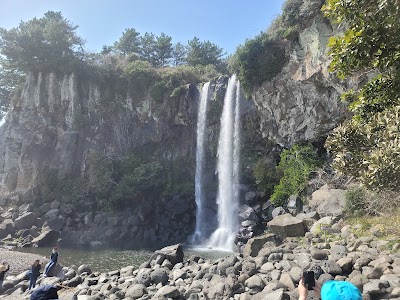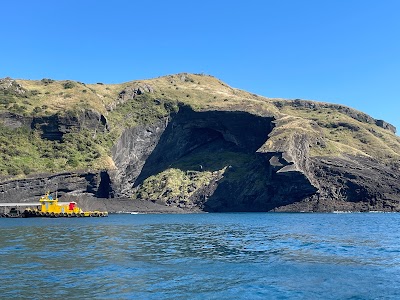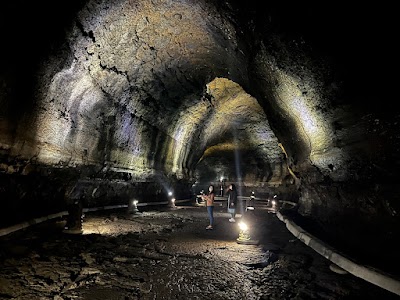Hallasan (한라산)
Related Places
Overview
Introduction to Hallasan
Hallasan (한라산), the highest peak in South Korea, majestically rises to 1,947 meters above sea level, forming the centerpiece of Jeju Island, a UNESCO World Heritage Site. This dormant volcano is not only a natural wonder but also a cultural symbol for the people of Jeju. With its unique biodiversity and stunning landscapes, Hallasan is a must-visit destination for foreign travelers seeking adventure, breathtaking views, and a glimpse into Korea's natural heritage.
Geological Significance
Formed approximately 2 million years ago, Hallasan is a shield volcano, characterized by its broad, gently sloping profile. The mountain is composed of various types of volcanic rock and boasts a caldera at its summit, which is home to a serene crater lake known as Baengnokdam. This lake, translating to "white deer lake," is a picturesque site that captivates many hikers. The geological features of Hallasan, including its diverse volcanic landscapes, offer a fascinating insight into the Earth's processes, making it a hotspot for geology enthusiasts and nature lovers alike.
Flora and Fauna
The ecological diversity on Hallasan is remarkable, with over 1,800 species of plants and numerous animal species inhabiting the mountain. The lower slopes are adorned with lush forests of Japanese cedar and Korean fir, while the upper regions transition into alpine vegetation, creating a stunning contrast. As you ascend, keep an eye out for the endemic species, such as the Hallasan violet and various types of birds, including the endangered Korean woodpecker. This biodiversity makes Hallasan an ecological treasure, attracting researchers and nature enthusiasts from around the world.
Hiking Trails
For those looking to explore Hallasan, the mountain offers two main hiking trails: the Seongpanak Trail and the Gwaneumsa Trail. The Seongpanak Trail is approximately 9.6 kilometers one way and is known for its moderate difficulty, making it a favorite for many hikers. The Gwaneumsa Trail is slightly longer at 8.7 kilometers one way but is renowned for its more rugged terrain and breathtaking scenery. Both trails provide stunning vistas as you climb higher, showcasing the changing landscapes and showcasing the beauty of Jeju's natural environment. The round-trip hike can take anywhere from 6 to 10 hours, so be sure to prepare accordingly with water, snacks, and proper hiking gear.
Accessibility and Best Time to Visit
Hallasan is accessible year-round, with the most popular seasons being spring (April to June) and autumn (September to November). During these months, the weather is mild, and the flora is in full bloom or showcasing vibrant autumn colors. However, summer can be humid and rainy, while winter brings the possibility of snow and icy conditions, making the trails more challenging. Visitors should check weather conditions and trail regulations before embarking on their adventure, ensuring a safe and enjoyable experience.
Cultural Insights
As you explore Hallasan, take the time to appreciate its cultural significance to the people of Jeju. The mountain is steeped in local folklore and legends, often regarded as a sacred place. Many festivals and traditional rituals are held in its honor, reflecting the deep connection between the island's inhabitants and their natural surroundings. Engaging with local guides or taking part in cultural experiences can enrich your visit and provide a deeper understanding of Jeju's heritage.
Conclusion
Hallasan is more than just a mountain; it is a journey into the heart of Jeju Island’s natural and cultural essence. Whether you're an avid hiker, a nature enthusiast, or someone looking to connect with the local culture, Hallasan offers an unforgettable experience. So lace up your hiking boots, pack your camera, and prepare to be mesmerized by the breathtaking beauty of this iconic landmark in South Korea!





